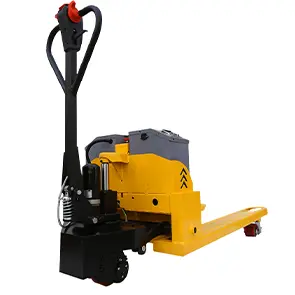


Understanding Lever Hoist Chain Blocks A Comprehensive Overview
In the world of material handling and lifting equipment, lever hoist chain blocks stand out as essential tools for various industries. These devices are well-regarded for their efficiency, ease of use, and reliability, making them a favorite among construction workers, mechanics, and warehouse operators. This article delves into the mechanics, applications, and safety considerations of lever hoist chain blocks, providing a clear understanding of why they are indispensable in modern lifting operations.
What is a Lever Hoist Chain Block?
A lever hoist chain block, often simply referred to as a lever hoist, is a manually operated lifting device used to lift heavy loads by pulling a chain. The core components of a lever hoist include a hand lever, a ratchet mechanism, and a load chain. The user pulls the lever downwards, which engages the ratchet mechanism, allowing the load chain to be drawn upwards. This system enables the user to lift heavy loads with minimal effort, making it an efficient choice for heavy lifting tasks.
Key Features and Benefits
1. Ease of Use Lever hoists are designed for user-friendliness. The lever action allows operators to lift heavy items with relative ease. The mechanical advantage provided by the lever system reduces the amount of force needed to lift a load.
2. Portability These hoists are typically lightweight and compact, making them easy to transport. This portability is crucial in environments such as construction sites or warehouses where mobility is essential.
3. Versatile Applications Lever hoists are incredibly versatile and can be used in various settings, from construction and industrial applications to automotive repairs and emergency rescue operations. Their adaptability makes them suitable for lifting, pulling, and securing loads in different scenarios.
4. Durability and Reliability Constructed from high-quality materials, lever hoist chain blocks are built to withstand harsh working conditions. Their durable design ensures longevity, making them a worthwhile investment for businesses that require frequent lifting.

Safety Considerations
While lever hoists are efficient and reliable, safety should always be a priority when using these lifting devices. Here are essential safety guidelines
1. Weight Limit Adherence Always check the manufacturer’s specifications for maximum load capacity and never exceed this limit. Overloading can lead to equipment failure and serious accidents.
2. Regular Inspections Conduct routine checks on the lever hoist for any signs of wear and tear, damage, or malfunction. Inspect the load chain, hooks, and lever mechanism to ensure they are in proper working condition.
3. Proper Training Ensure that all operators are trained in the safe use of lever hoists. Understanding the correct operating procedures and safety protocols can prevent accidents and injuries.
4. Use of Personal Protective Equipment (PPE) Operators should wear appropriate PPE, including gloves and safety shoes, to protect themselves while using a lever hoist.
5. Clear Working Area Maintain a clear space around the lifting area to prevent accidents. Ensure that no unauthorized personnel are nearby while lifting operations are underway.
Conclusion
Lever hoist chain blocks play a crucial role in various industries, facilitating the safe and efficient lifting of heavy loads. Their ease of use, portability, and durability make them a preferred choice for operators. However, safety cannot be overlooked. By adhering to proper procedures, conducting regular equipment checks, and ensuring adequate training, businesses can maximize the benefits of lever hoists while minimizing risks. As industries continue to evolve, these fundamental lifting devices will undoubtedly remain integral to safe and effective material handling operations.



